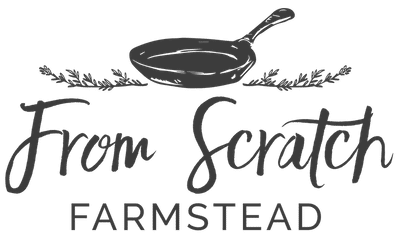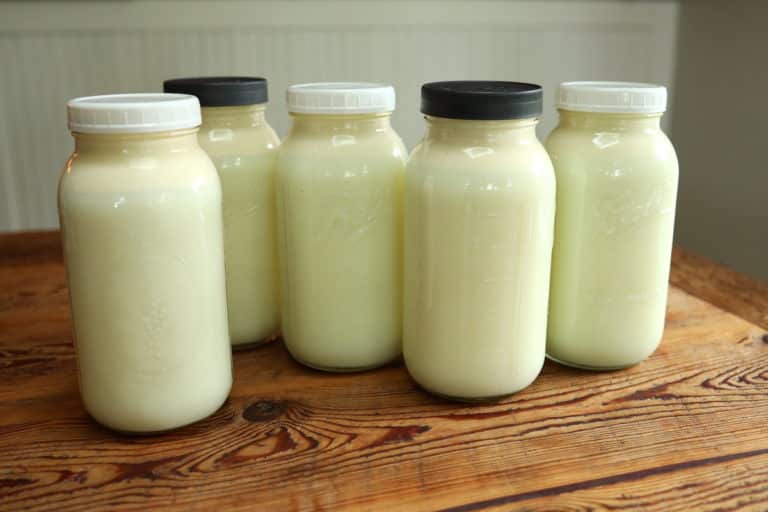Do Cows Get Cold? How To Keep Cows Warm in Winter
When our formerly suburban family bought a milk cow, the list of questions was a mile long! At the top of that list, “How in the world do we do this in the winter?” Since then we’ve learned a lot by visiting farms, working at farms, and keeping our own cows in the winter. So,…



